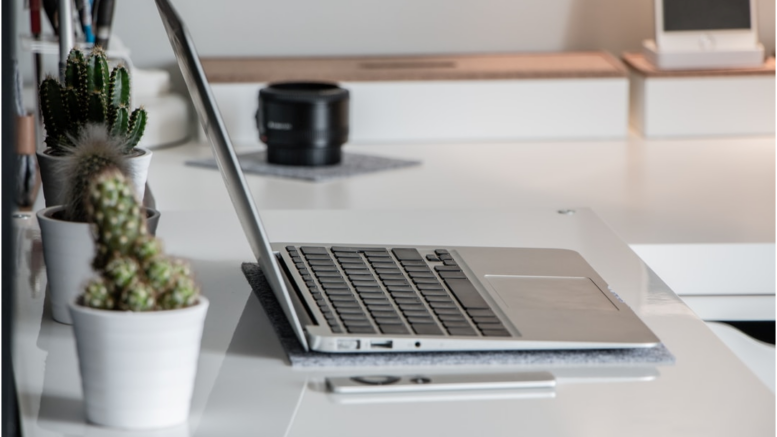Air pollution is usually thought of as something that affects outdoor air quality. Odors, contaminants, particulates, germs, pollen, pet dander, and mold spores can be present in your indoor air at any given time. The good news is that there are several different ways that you can invest in and improve your indoor air quality. The more you do to improve air quality, the fewer allergens inside your home that leave you suffering from allergies, skin irritations, respiratory complications, viruses, and more.
Add a portable humidifier or dehumidifier.
The winter months are notorious for drier air that contributes to scratchy throats and runny noses. Setting up a portable humidifier can help improve air moisture and keep a healthy amount of humidity in a room. It’s a good idea to invest in a whole-home humidifier that integrates with your HVAC system if you have multiple rooms in need of humidity control. If your home has too much moisture in the air, setting up a dehumidifier in moisture-prone rooms will help get the moisture out and prevent the growth of mold.
Invest in a whole-home purifier.
A great way to improve your indoor air quality is to invest in an air purification system. A whole-home air purifier within your HVAC system cleans the air as it filters through the system. An air purification system removes the smallest of airborne particles so that only the freshest air comes through the vents.
The easy way to give yourself peace of mind and improve air quality is to invest in a high-quality air purifier that will leave your air cleaner and healthier. Mediagistic explains why REME HALO air purifiers are a great option for purifying your home. REME HALO is an in-duct air purifier that eliminates indoor air pollutants using a natural purification process.
The whole-home solution kills surface and airborne particulates and microbes such as viruses and bacteria, as well as eliminates the odors from tobacco. The REME HALO system can handle high amounts of pollutants by preventing contaminants from entering your HVAC system. By preventing particle buildup that blocks airflow and results in your HVAC system needing maintenance, the air purifier improves the energy efficiency and lifespan of your system.
Say goodbye to soft surfaces.
Dust, debris, and other air pollutants love to make soft surfaces their home. A great way to effectively reduce the presence of air pollutants and improve air quality is to get rid of carpet throughout the house, large area rugs, curtains, and extra plush furniture. Hardwood and tile floors, wipeable roll-up shades, and leather furniture are not only easier to clean but also require fewer deep cleanings.
The kitchen is notorious for accumulating grease, smoke, and odors, assuming you’re an avid home cook. Many people who aren’t keen on cooking see the kitchen as a place to store things like papers, keys, and cold drinks and only rely on the microwave or coffee pot. Rather than let the square footage of your kitchen go to waste, Julie Morgan highlights several clever ways to repurpose your kitchen if you don’t cook. You can easily turn your kitchen island into a functional desk or workspace. Rather than storing useless pots and pans in cabinets, load them up with books or art supplies and create a reading retreat or a home art studio. You could also turn the kitchen into a pet grooming station and run a home-based pet grooming business.
Change your cleaning habits.
The best way to improve your indoor air quality is to improve your cleaning habits. Improving the indoor hygiene of your home reduces the accumulation of pet dander, mold, dust particles, and more. Carpets and area rugs should be thoroughly vacuumed once or twice weekly using a vacuum with a HEPA filter. Any bedding, window treatments, and other fabric decors that attract allergens should be regularly cleaned. It’s also a great idea to declutter your home and get rid of things that trap and hold dust.
Investing in a whole-home air purifier, setting up a humidifier or dehumidifier, eliminating soft surfaces, and improving your cleaning habits are some of the different ways you can improve indoor air quality.
